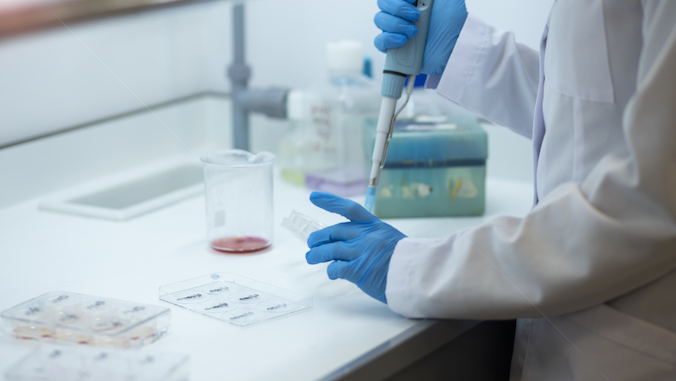
This message was shared with the faculty and staff of the 10-campus University of Hawaiʻi system on February 10, 2025.
Aloha UH ʻohana,
The University of Hawaiʻi is deeply concerned about the National Institutes of Health’s (NIH) February 7 announcement to significantly cut reimbursement of research facilities and administrative costs. These funds are essential to maintaining the infrastructure that supports groundbreaking research and lifesaving medical breakthroughs.
This sweeping change—imposing a 15% cap on indirect cost reimbursement for all NIH grants—will have severe consequences for biomedical research in Hawaiʻi and across the nation, slowing progress on treatments for cancer, heart disease, diabetes and other critical health challenges. Currently, indirect costs for biomedical research—both nationally and at UH—average around 50%. By limiting this essential support, the federal government is stepping back from its long-standing commitment to advancing medical innovation.
Related: Attorney General Lopez sues Trump Administration for defunding medical and public health innovation research, February 10, 2025
For UH, the impact of this decision cannot be overstated. The University of Hawaiʻi System of 10 campuses includes the UH Mānoa John A. Burns School of Medicine (JABSOM), the UH Cancer Center (a National Cancer Institute designated center), the UH Hilo Daniel K. Inouye College of Pharmacy, the UH Mānoa School of Nursing and Dental Hygiene, and the Thompson School of Social Work and Public Health. All of these Schools, Colleges and Centers conduct translational and fundamental research, and the university is supported by 175 awards and subawards from the NIH with a current value of $211 million. NIH’s reduction of UH’s current negotiated IDC rate of 56.5% at the JABSOM and the Cancer Center alone will eliminate approximately $15 million in funding that UH uses to support its research programs, including ongoing clinical trials and debt service payments.
According to a 2024 annual report by United for Medical Research, NIH funding generated $158 million in economic activity and supported 819 local jobs across the state. The UH Cancer Center and JABSOM led the majority of these NIH-funded research projects, receiving $27 million and $26.6 million, respectively.
As I emphasized in my February 6 address on federal policy changes affecting higher education, UH will continue working closely with Hawaiʻi’s congressional delegation, Gov. Josh Green’s office and the state attorney general, and in this instance, the national higher education and research associations and peer institutions to advocate against this harmful policy. Additionally, we are closely monitoring legal challenges that may arise in response to this directive, including the lawsuit filed today in a federal court in Massachusetts, by 22 states, including the State of Hawaiʻi.
We will keep you updated as the situation unfolds and remain steadfast in our efforts to protect UH’s research enterprise, which benefits our university, our state, and the millions who rely on medical advancements.
With aloha,
Wendy Hensel
President, University of Hawaiʻi

